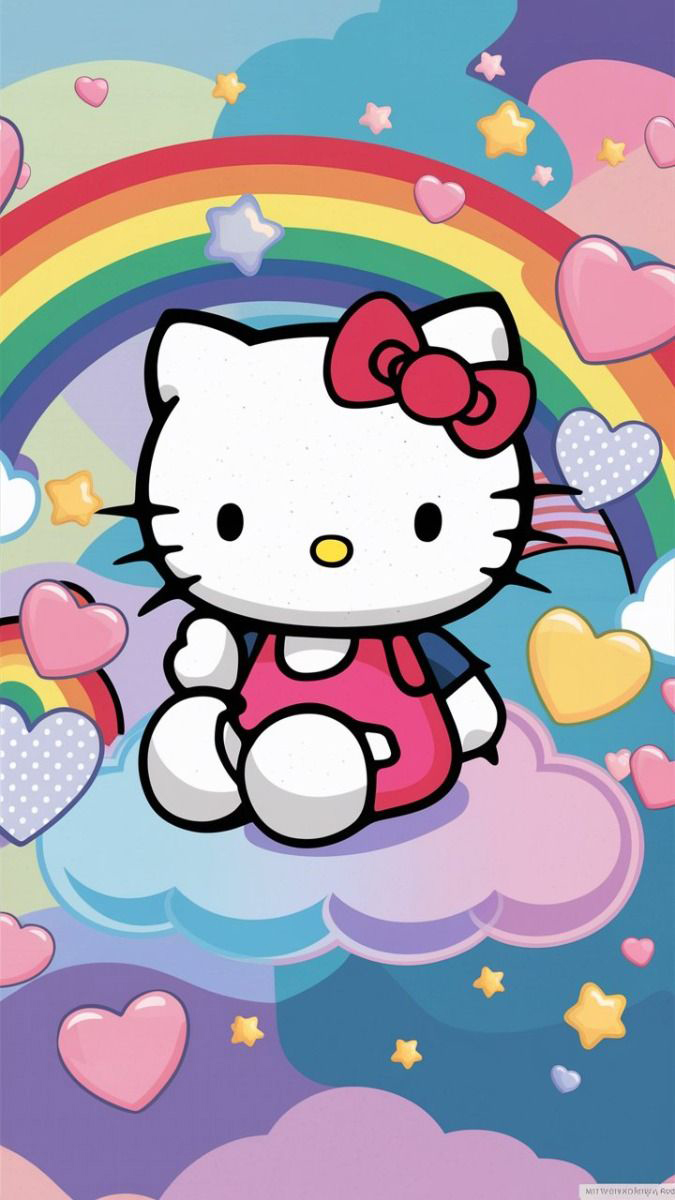
Hello Kitty is a cute little character. She’s an international superstar who transcends national boundaries and age barriers and has millions of fans globally. Hello Kitty started out her existence as a mere character on a coin purse. Today she is commanding a multi-billion-dollar industry. She controls toys, fashion, television programs, & even theme parks. However, the individual question that can be asked here is, what do we find interesting about this character that has ensured its relation to pop culture?
In this blog, we’ll explore the history of Hello Kitty, her cultural impact, her evolution over the years, and what makes her such a beloved icon.
Hello Kitty, known as Kitty White in her fictional world, was created by Japanese designer Yuko Shimizu and was first introduced by Sanrio in 1974. Sanrio is a Japanese company known for producing a wide range of cute characters, and Hello Kitty quickly became their most successful creation.
Shimizu designed Hello Kitty to be a symbol of happiness, friendship, and innocence. The character’s design is simple. It has a white cat with a red bow. She doesn’t have a mouth, which was intentionally done so people could project their emotions onto her. This made her relatable to everyone.
Hello Kitty’s first product was a small vinyl coin purse, sold in Japan in 1975. The purse featured Hello Kitty sitting between a bottle of milk and a goldfish bowl. This early design showcased the iconic simplicity that would become the hallmark of her merchandise.
In her fictional biography, Hello Kitty is depicted as a cheerful little girl who lives in London with her parents and twin sister, Mimmy. She enjoys baking, travelling, and making friends.
Hello Kitty’s fictional world also includes a cast of friends and family members, further enhancing her relatability and appeal. Over the years, Sanrio has expanded Hello Kitty’s backstory, incorporating elements such as her love for music and art and highlighting her optimistic personality. This rich character development has helped Hello Kitty remain relevant and beloved by both children and adults for decades.
Hello Kitty’s success was immediate, but it wasn’t limited to Japan. The character’s appeal soon spread across the globe, becoming especially popular in the United States during the 1980s. By the late 90s, she became an international icon.
The success of Hello Kitty as a character has led to an incredible range of products, media appearances, and brand collaborations. Few characters in the world have been as successful in commercializing their image as Hello Kitty.
While the original Hello Kitty design remains iconic, Sanrio has introduced different versions of the character to align with contemporary fashion and pop culture trends. For example, Hello Kitty has been reimagined as a punk rock star, a superhero, and even a space explorer in various collections and collaborations. Hello Kitty has also embraced new technologies. In recent years, Sanrio has expanded the character’s presence into virtual reality, social media, and mobile apps, allowing fans to engage with Hello Kitty in interactive and innovative ways.
In addition to these creative reimaginings, Hello Kitty has also appeared in high-profile collaborations with luxury fashion brands, artists, and even gaming franchises, further solidifying her global appeal. From limited-edition merchandise to themed cafes, Sanrio continues to expand Hello Kitty's reach across multiple industries, making her a versatile and timeless icon that resonates with fans of all ages.

